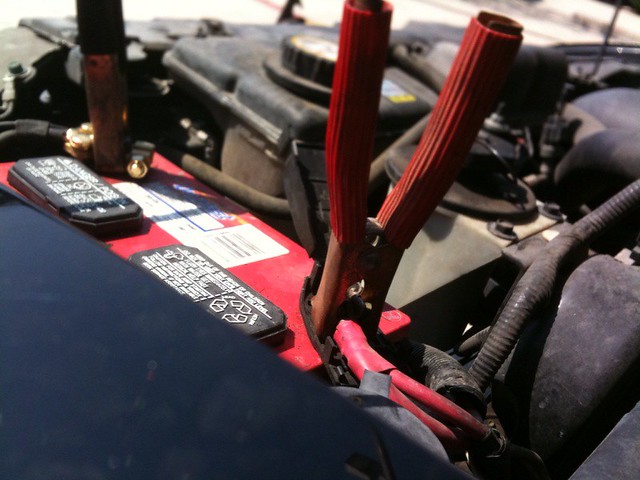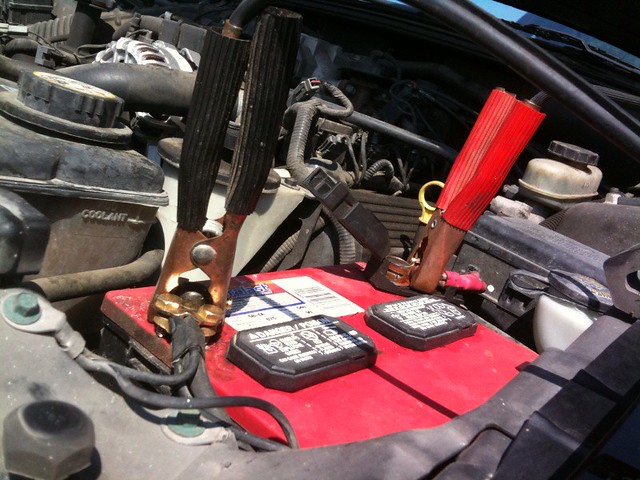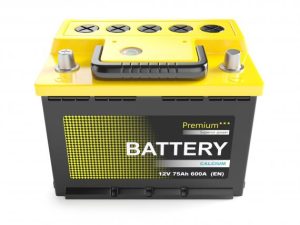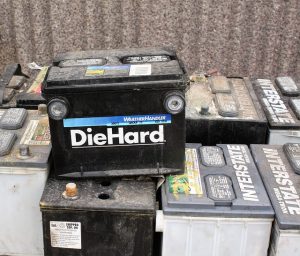Every car owner knows the sinking feeling of turning the ignition key and being met with silence. Whether it’s the result of a cold Canadian winter night or an interior light left on, a dead battery can disrupt your day. Luckily, with the right set of jumper cables and a little know-how, you can be back on the road in no time. This guide will walk you through choosing the perfect jumper cables for your vehicle, ensuring you’re prepared for those chilly mornings or accidental battery drains.
Understanding Jumper Cable Specifications
Gauge Size Matters
The gauge of a jumper cable refers to the thickness of the wires inside. The lower the gauge number, the thicker the wire, and the more power it can carry. For most passenger vehicles, a gauge size between 8 and 6 is sufficient. However, if you own a larger vehicle, such as a truck or an SUV, opting for a 4 or even 2 gauge will ensure that you have enough power to jump-start your engine.
Length Is Key
Jumper cables range in length from 10 to 20 feet, with some models extending up to 25 feet. While shorter cables are easier to store, longer cables offer flexibility in parking and can be a lifesaver if you’re unable to position another car directly beside or in front of yours. A length of at least 16 feet is recommended for convenience and ease of use.
Clamps That Hold Tight
The clamps on jumper cables should be sturdy and able to establish a secure connection to both batteries. Look for cables with clamps that have teeth strong enough to bite into battery terminals, ensuring a solid link. Insulated handles are also a must-have feature to protect against accidental shocks.
Choosing the Right Type for Your Needs

Standard Jumper Cables
Standard jumper cables are suitable for most small to medium-sized cars. They are typically affordable and easy to use, making them a staple in every vehicle’s emergency kit. Ensure that the cables you choose have a sufficient gauge and length for your car’s requirements.
Heavy-Duty Jumper Cables
For those with larger vehicles or those who live in extremely cold climates, heavy-duty jumper cables are a wise investment. These cables are designed to deliver more power and are often made from higher-quality materials, ensuring faster and more reliable starts in demanding conditions.
Smart Jumper Cables
A relatively new addition to the market, smart jumper cables come with built-in safety features that protect against short circuits, reverse polarity, and overcharging. These cables are ideal for those who are less experienced with jump-starting a car, as they minimize the risk of damage to either vehicle involved in the process.
Safety First: Jump-Starting Your Vehicle
Before using your jumper cables, it’s crucial to read the instruction manual of your vehicle and the cables. Always ensure that both cars are turned off before connecting the cables, and never allow the clamps to touch each other when they are attached to a battery. Connect the positive clamps to the positive terminals of each battery and the negative clamp to the negative terminal of the assisting battery. For the final negative connection, find an unpainted metal surface on the engine block of the car being jump-started. This process helps to prevent sparks from occurring near the battery.
The Final Spark: Ensuring You’re Prepared
Choosing the right jumper cables for your vehicle is more than just a practical decision; it’s a commitment to safety and preparedness. By selecting cables that match your vehicle’s needs and understanding how to use them properly, you can save yourself from the inconvenience and potential danger of a dead battery. Remember, investing in quality jumper cables is investing in peace of mind.
Before You’re Stranded: A Checklist
To ensure you’re always prepared, consider keeping a few other essentials in your car alongside your jumper cables: a flashlight, gloves, and a safety vest. These items can make the process of jump-starting your car safer and more comfortable, especially in cold or dark conditions.
Jump-starting your vehicle doesn’t have to be a daunting task. With the right equipment and knowledge, you can get back on the road quickly and safely. Remember, the best jumper cables are the ones that suit your vehicle and your comfort level with car maintenance. By choosing wisely, you ensure that you’re always ready to face those battery blues head-on.




